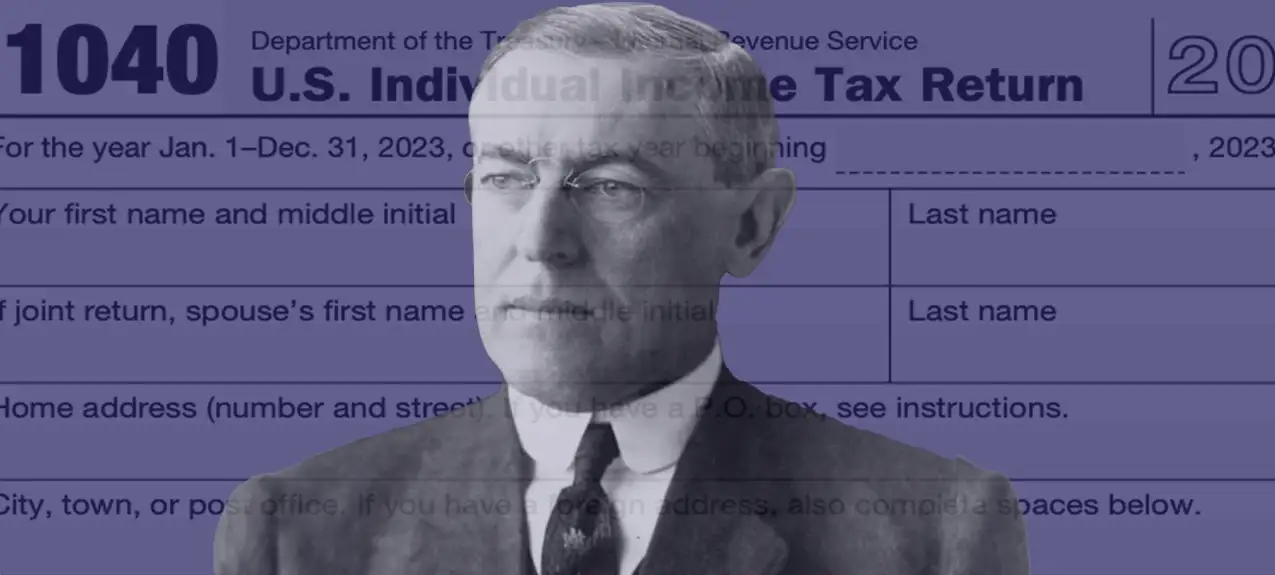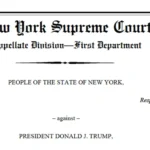
Vice President Kamala Harris recently confirmed her support for most of President Biden’s 2025 budget proposal, a plan that includes nearly $5 trillion in tax increases over the next decade. The White House’s proposal focuses on tax increases for corporations and high-earning Americans and aims to restore higher tax rates for single filers making more than $400,000 a year. Included within the budget is a novel proposal to tax the unrealized capital gains of wealthy Americans, an aspect that has garnered much media attention for its potentially destructive economic consequences. While the progressive Biden-Harris administration argues these tax hikes will affect only the wealthiest Americans and reduce overall economic inequality, history shows that taxes on the wealthy rarely remain exclusive to the rich.
Let’s turn back the clock. In 1913, Congress proposed the Sixteenth Amendment in direct response to a Supreme Court ruling that struck down a federal income tax imposed by the Wilson-Gorman Tariff Act. The Court determined the Act imposed an unapportioned direct tax, which exceeded Congress’s taxing power as laid out in the Constitution. In response, Congress and state legislatures passed the Sixteenth Amendment:
The Congress shall have power to lay and collect taxes on incomes, from whatever source derived, without apportionment among the several States, and without regard to any census or enumeration.
This removed the apportionment by population requirement of federal income taxes but left the requirement in place for direct taxes.
The first federal income tax under the new amendment appeared in the Revenue Act of 1913. Unrecognizably low by today’s standards, the rates started at just 1% for those earning between $3,000-$20,000, or about $95,000-$640,000 in 2024 dollars. Over $20,000 of income, there were additional increments where a larger tax rate would be incurred, with a maximum combined rate of 7%. This rate only applied to income over $500,000, or $16 million in 2024 dollars.
We are obviously well beyond a 1% tax rate imposed on high earners in our current system. The modern American taxpayer had an average federal tax rate of nearly 15% in 2021. Furthermore, the Revenue Act stipulated that those who earned under the $3,000 threshold paid nothing at all, exempting the vast majority of Americans. In his book, The Great Tax Wars, political and economic correspondent Steven R. Weisman noted that “the tax would affect only the wealthiest 3% of the population,” or approximately 425,000 individuals.
Despite the income tax’s humble beginnings, Pandora’s box had been opened, and rates only increased over the coming years. By the end of the Second World War, federal income tax was no longer paid exclusively by the wealthy. In 1945, the number of Americans paying the income tax had increased to a whopping 42.6 million. Today, that number is well over 100 million.
The vast expansion of the federal income tax base should serve as a cautionary tale about proposals to tax the wealthy. The Harris campaign claims that the new taxes she supports will affect only a small subset of extremely wealthy Americans. While this may be true initially, the history of the income tax highlights just how quickly the burden of this unrealized capital gains tax could extend to everyday Americans.
SUPPORT LANDMARK LEGAL FOUNDATION
We are truly facing existential threats to our individual rights and liberties, the Constitution, and our national character. If unchallenged, this assault on our very way of life will ruin our great nation. With your financial and moral support, Landmark is not going to let that happen without a fight. Will you join us?
JOIN OUR MAILING LIST
Never miss an update from Landmark Legal Foundation as we continue the fight to preserve America’s principles and defend the Constitution from the radical left.
Landmark will NEVER share your contact information and we will not flood your inbox.





